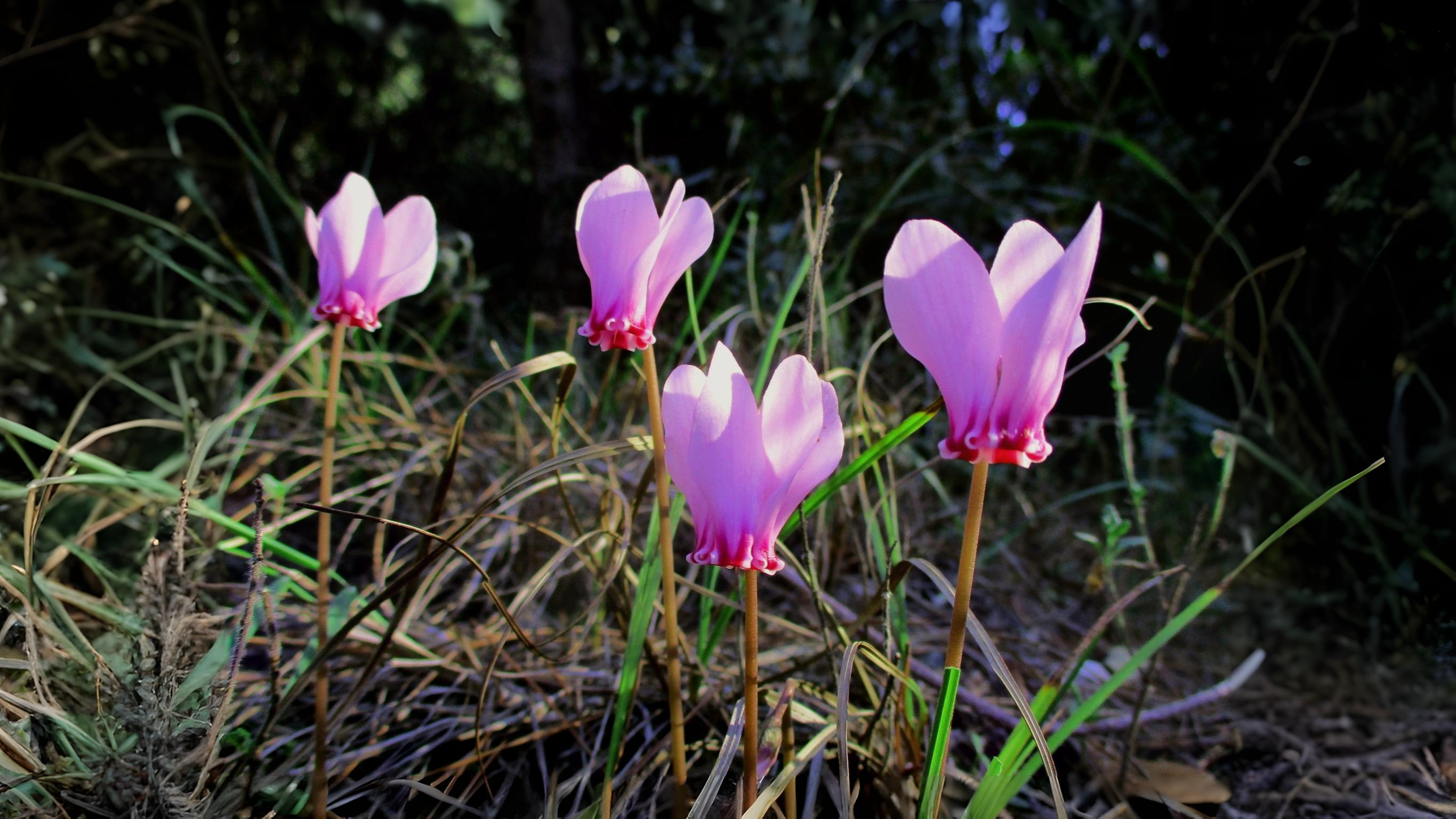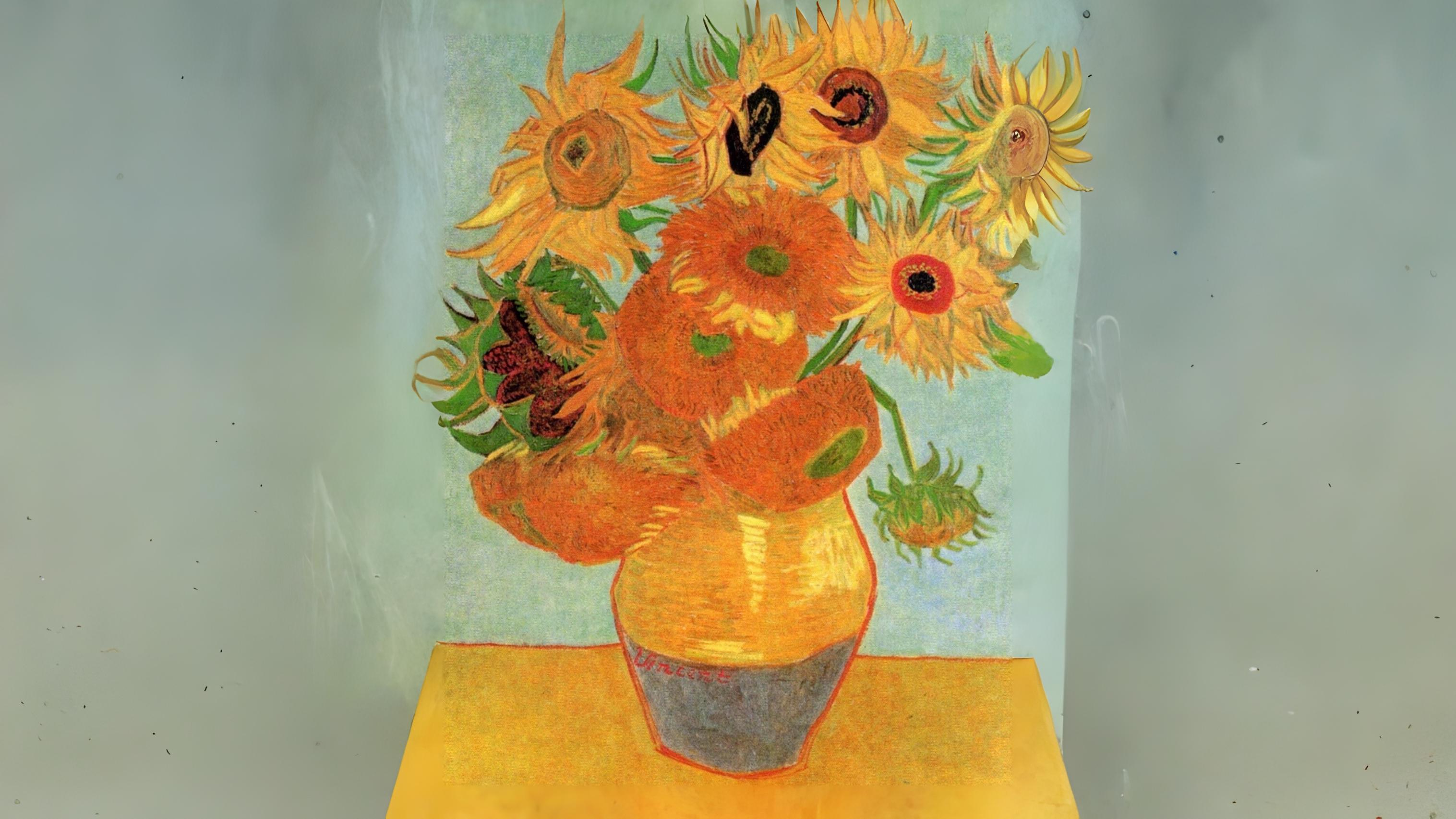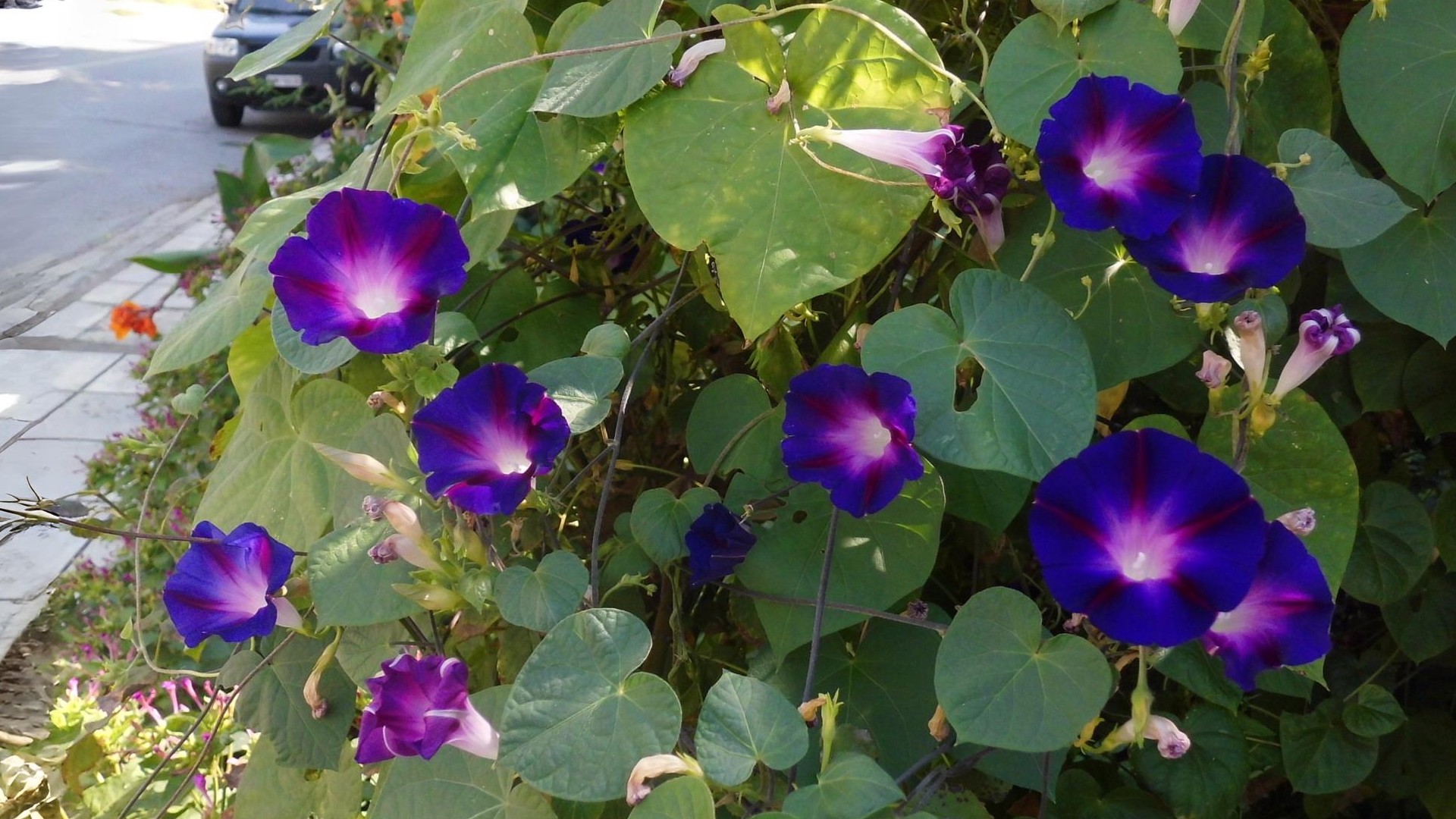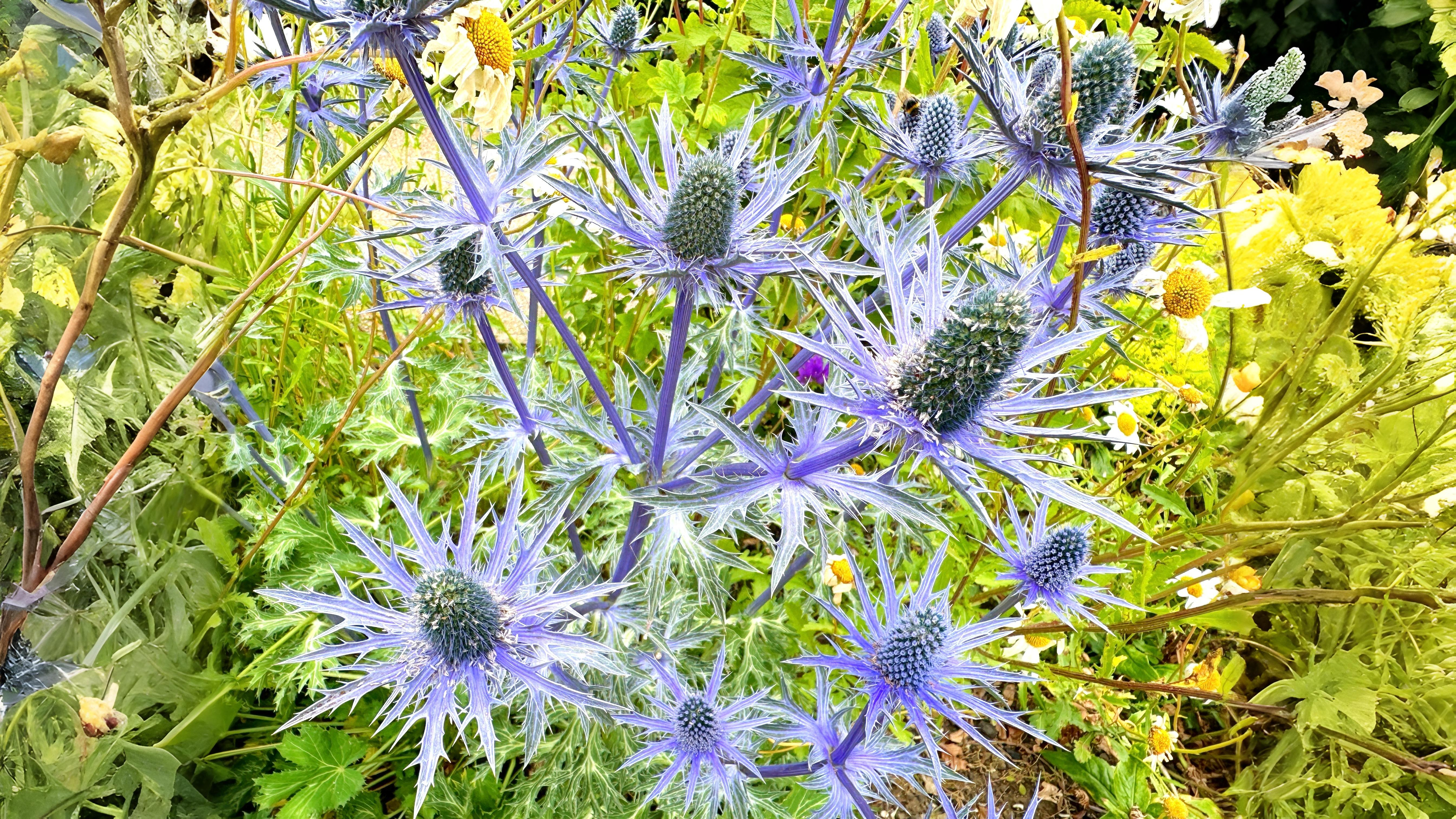
Return on September 23rd to explore the living jewels of London’s September gardens!
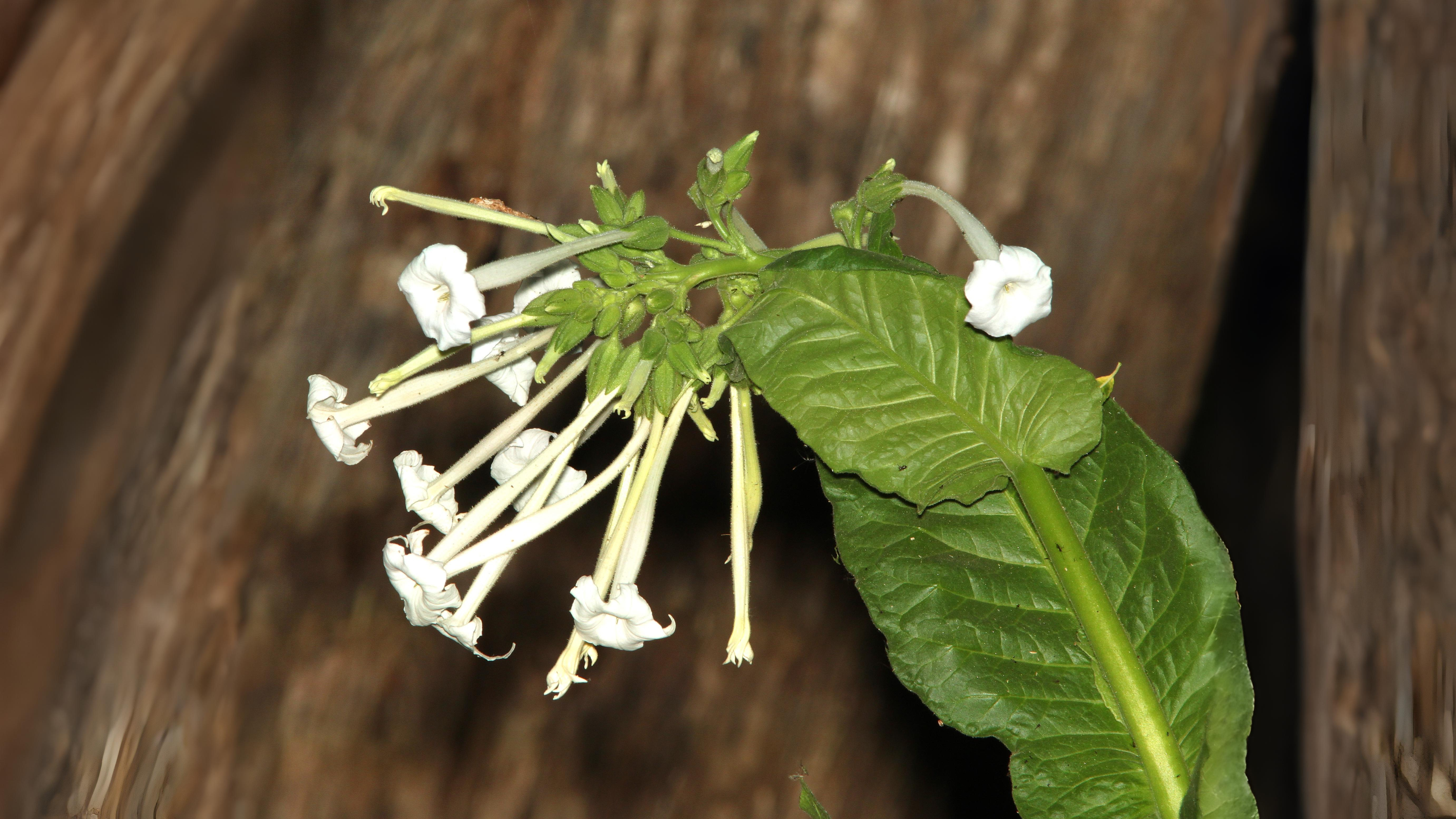



One of the great joys of the month are the autumn bulbs whose rapid flowering is often associated with the first rains of autumn in their home countries. Most famous of these are the leafless Colchicums which originate from stony hillsides in southern Europe. Their roots and seeds were used to treat severe gout and rheumatism, often with the unfortunate side effect of “violent purging”. Too large a dose and you could even be poisoned. A woman in the old Covent garden market died after eating a Colchicum bulb confusing it for an onion. There flowers almost seem to glow when seen in woodland and a fine collection of garden varieties can be seen at Wisley with C. Rosy Dawn possibly topping the list for colour.
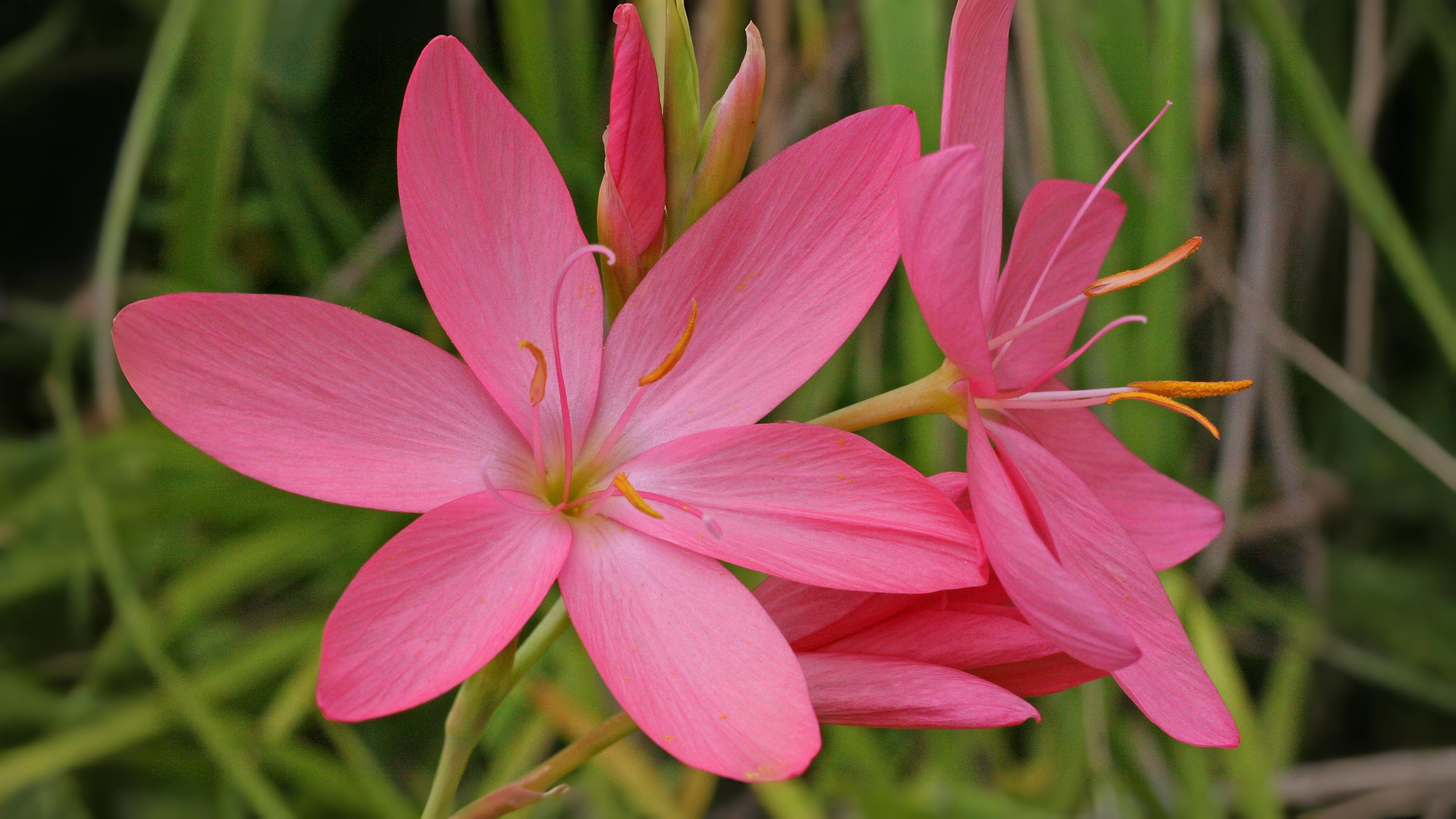

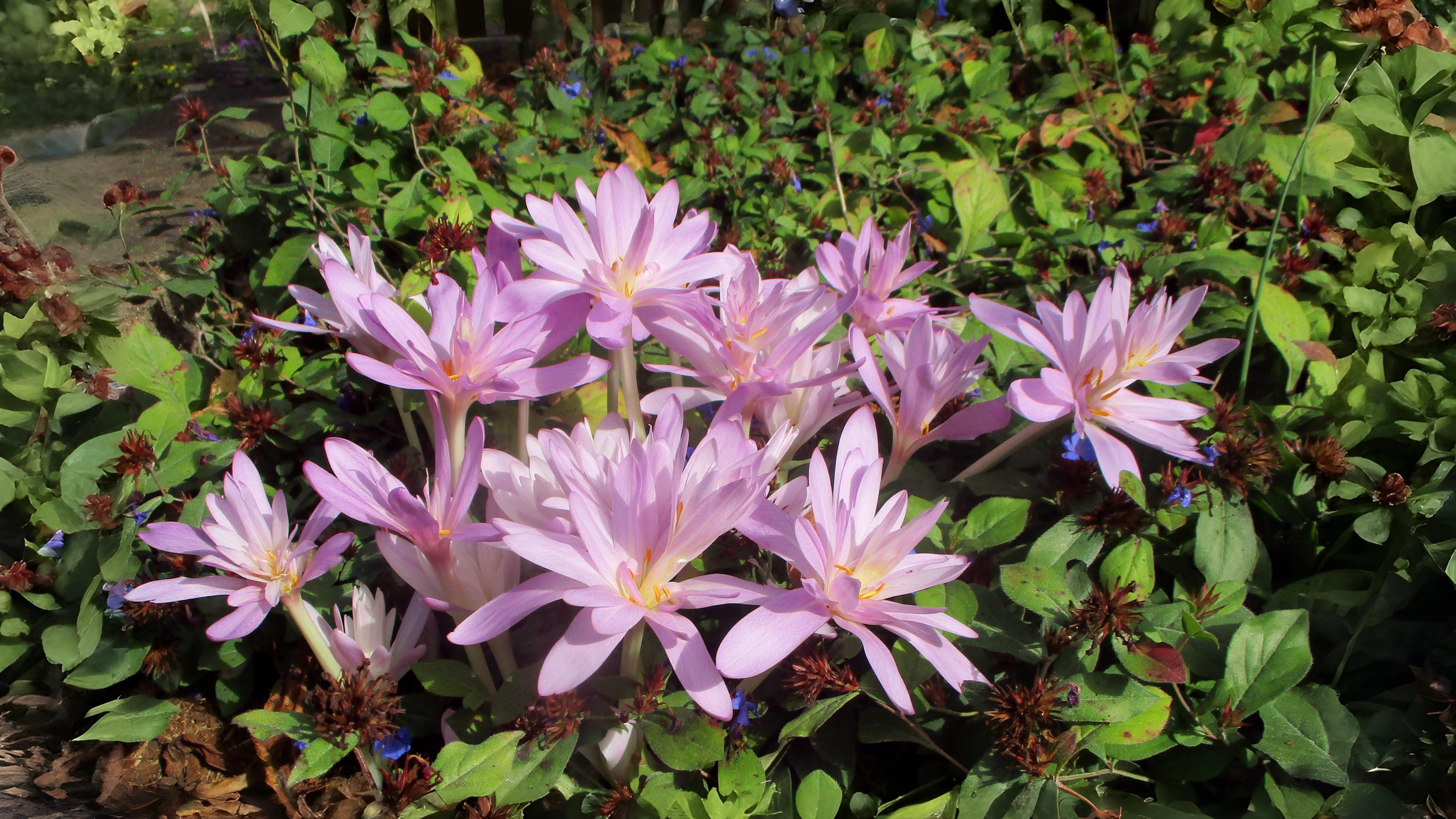

The other smaller bulbs we see looking so fresh beneath trees now are the cyclamens. They arrived much earlier in the late sixteenth century and were called sowbreads as they were thought to be eaten by wild boars, especially in Sicily. Apothecaries sold them in the belief they could halt hair loss if placed in the nostrils. They were also popular with would be lovers as it was thought whoever was encouraged to eat them would fall madly in love. Another extravagant claim was that they hastened childbirth. Consequently pregnant women were afraid to walk near them and so they would be surrounded by sticks to avoid any accidental encounters. Cyclamen hederifolium with all its varieties and leaf patterns is the one we see the most, although in windows we may notice the non-hardy indoor cyclamens which originate from Persia.


